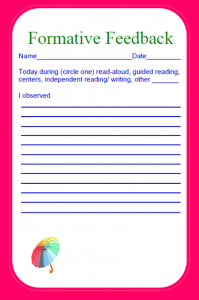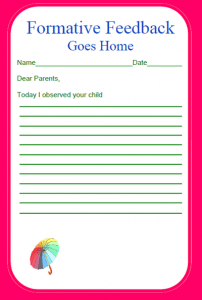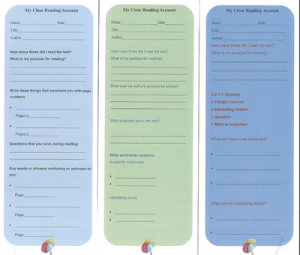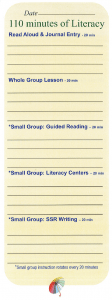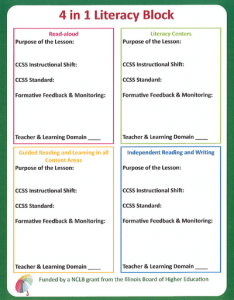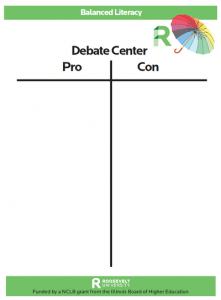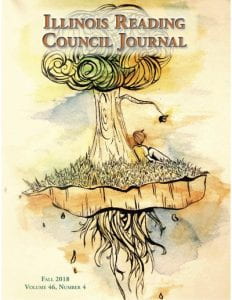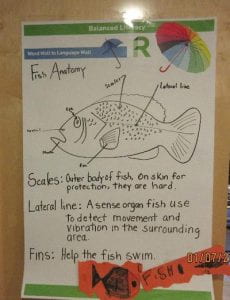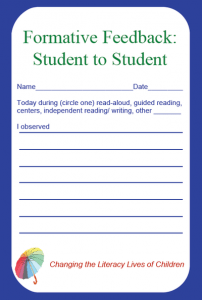 William, (2011) defines formative feedback with the following: Feedback functions formatively only if the information fed back to the learner is used by the learner in improving performance. If the information fed back to the learner is intended to be helpful but cannot be used by the learner in improving performance, it is not formative. Feedback must embody a model of progression whereby a series of activities must be designed to move the learner from current state to goal state. We need to ensure that feedback causes a cognitive rather than an emotional reaction. (It is not a compliment or a criticism). The purpose of feedback should be to increase the extent to which students are owners of their own learning.
William, (2011) defines formative feedback with the following: Feedback functions formatively only if the information fed back to the learner is used by the learner in improving performance. If the information fed back to the learner is intended to be helpful but cannot be used by the learner in improving performance, it is not formative. Feedback must embody a model of progression whereby a series of activities must be designed to move the learner from current state to goal state. We need to ensure that feedback causes a cognitive rather than an emotional reaction. (It is not a compliment or a criticism). The purpose of feedback should be to increase the extent to which students are owners of their own learning.
How to implement in the classroom:
Student to student feedback is important. Teach your students how to comment constructive about their peers work. Teacher must model, demonstrate, and explain student to student feedback and provide examples. Be explicit about what is allowed on the feedback and what is not appropriate. Have students read their feedback and discuss if they agree or not and why. Ask if they would change anything after reading feedback.
